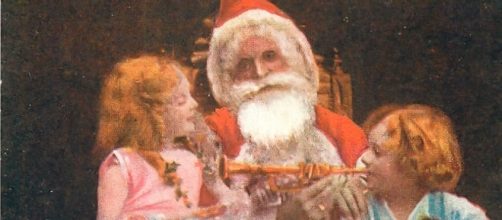Christmas is one of the most celebrated seasons at an international level. While being a Christian celebration, and so widely celebrated in Western countries, it is also in Russia and Orthodox ones, although the celebration there is January 7. Even in Asia, lots of people are importing and adapting the more modern, "American" interpretation of Christmas, stripped of its strict religious spirit but carrying the idea of bringing people together, especially when the days are shorter and the winter begins. How did we get this far? How did the main ideas of Christmas turn out to become what they are today?
A new Christian celebration, on top of an older one
The Guardian mentioned, a few days, ago, that thinking of Christmas as a Christian version of the Roman festival of Saturnalia is a myth. The Saturnalia was held on 17 December, never extended to 25 December, and the kind of festivities are just not the same. However, calling it "a Christian version of" is rather simplistic.
According to LiveScience, there was a clear intention by early Christian missionaries (and authorities) to integrate old pagan traditions, solstice-related, with the new faith and the new norm. Moreover, in the 4th century there was a widespread heretic belief that Jesus Christ had been a spiritual entity, rather than a real man, so celebrating His birthday would be a way to overcome this.
Father Christmas
The American figure of Santa Claus, the happy old man carrying gifts to children, travelling throughout the world by night, became standardized in the twentieth century. However, the figure - which Americans took directly from the old "Sinterklaas" tradition from the Netherlands, which itself honored the ancient Saint Nicholas, a bishop in modern Turkey The English Father Christmas "started" to give gifts to children in the Victorian period, when the whole celebration also started to become more centered in children.
In fact, even before Coca-Cola started its famous marketing campaign, Father Christmas was already dressing in red with a long white beard. Also according to Guardian, the cartoonist Thomas Nast was the main creator of the modern figure, in the 1870s. Moreover, today, in several European countries, Santa Claus still carries the "Father Christmas" label in local languages: "Père Noel" in French, "Papá Noel" inSpanishh, and "Pai Natal" in Portuguese.

